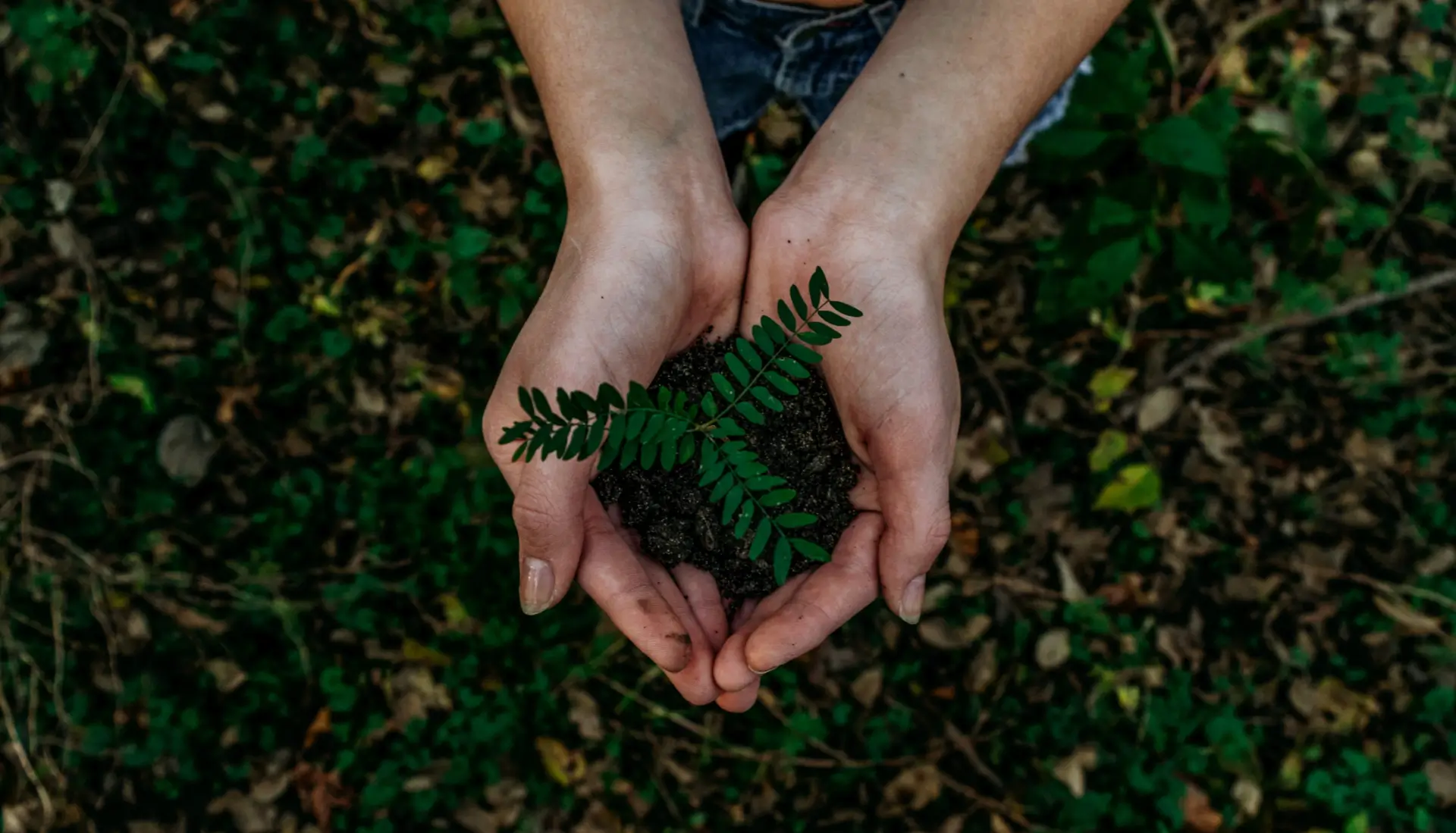
Eco-Friendly Website Design
You probably haven’t thought about the impact of your website on the environment, and to be honest it’s never been front page news. Why mention the internet when you can blame air travel?
The carbon footprint of our gadgets, the internet and the systems supporting them account for about 3.7% of global greenhouse emissions opens a new window, according to some estimates. It is similar to the amount produced by the airline industry globally and it’s only set to increase with our design to consume more data.
How I can make a difference
Yes, Sam, that’s all well and good but how are you going to change the world?
Well, I’m not going to change the world but I’m going to do my part to try and stop the emissions for the internet to grow higher.
Planning, strategy, SEO, and content writing are all important parts of building greener websites, so the steps I take during your website project, all help in making your website greener along with the added benefit of being a more user-friendly website as well.
- Mapping user journeys. By mapping out the different types of people that will visit your website, and what information is important to them, we can reduce the number of pages they need to load to accomplish what they need on your website.
- Search engine optimization. By properly optimizing your website for search, users can land on the exact page they need rather than clicking around aimlessly on your website.
- Improving relevancy. Internet users want to quickly browse information and be given only what’s relevant. By making your website highly relevant to your users, we can reduce the amount of content we need to produce in order to satisfy your visitor’s goals.
- Providing clear calls to action. Giving your visitors a clear call to action helps them take the next steps sooner, and reduces the amount of time they spend browsing through content trying to figure out what steps they need to take next.
Minimizing the size of your website
The average website today is far more complex than when I originally started, the possibilities are truly endless, but there’s the catch, that bit of code that animates your header adds to the size of your website.
Every element that makes up your website, including its HTML, CSS, & Javascript code, images, videos, and text, can be measured by its file size.
When a user visits your website, all that data has to be transferred from your server to the user’s computer.
So I make your overall website file size as small as possible to reduce the energy needed for transferring the files to your visitor, using a number of processes and best practices.
- Lightweight framework. Typically I use either Oxygen or GeneratePress as a framework for all the websites I build. Yes, there are thousands of themes to choose from, but often they are bloated with ‘features’ you don’t need or want.
- Image compression. Images are usually the highest payload on any website. By using a combination of manual and automatic compression methods I can reduce the size of each image and therefore reduce the overall size of your website.
- Website caching & CDN. Serving as a middle-man, caching and content delivery networks help reduce the amount of data that has to go all the way from your website’s server to the user’s computer.
- Reduce 3rd party requests. Besides their own server, most websites load data from third parties too. I host as much as I can locally on your website, this reduces 3rd party data requests and it’s also great for GDPR compliance.
Ongoing Website Management
Many people don’t factor this in when looking for a website, however, the internet is constantly evolving so the code and the best-practices change with it. Something considered best practice today could be surpassed by technology tomorrow.
Having a Website management plan in place allows me to ensure your website keeps up with the changes in technology going forward.
- Software updates. By keeping the software that powers your website up to date, I can ensure that you’re using the latest technology and keep your website as energy efficient as possible.
- Website Security. Bots are constantly crawling the internet looking for vulnerabilities. I help block bot traffic from ever hitting your server. In some cases, this can reduce your server’s workload by more than 50%!
Websites that aren’t cared for can become a huge drain on resources. By taking the proper precautions, you can reduce your website’s carbon footprint over its lifespan.
Giving Back to the Environment
Although I create websites to be as eco-friendly as possible I have also decided to give back to the environment with every website I create. I’m not just planting trees however as this isn’t an immediate solution to the problem. Trees take many years to actually sequester the carbon they are more of a ‘future proofing’ solution.
I check each website I create using the Website Carbon Calculator opens a new window to estimate the emissions I then purchase trees and carbon credits from egologi opens a new window to offset the website’s CO2 emissions every year. If you take up a website management plan along with your website this is then doubled.
This ensures your website is climate positive from the moment its launched and for the rest of its lifetime. It’s not a solution to the world’s problem but at least I won’t be making it worse.
To Sum Up
One of the best discoveries I’ve found is that not only are all my efforts in creating an eco-friendly website better for the environment they are also better for the end user as well.
With careful planning, we can reduce the number of pages a visitor needs to load, which not only reduces energy consumption but makes for a better user experience.
By minimizing the size of websites, not only does it take less energy to transfer them to visitors, but they load quicker.
And by continuing to optimize websites, I’m able to reduce their impact on the environment and extend their lifespan (giving my customers a better return on investment).
If you’re looking for ways to reduce your energy consumption online, here are a few simple steps you can take:
- Reduce your screen brightness.
- Close browser tabs and programs you’re not using.
- Bookmark frequently visited websites instead of searching for them on Google.
- Remember to turn your computer and monitors off when you wrap up for the day.
Want to start reducing your company’s impact on the environment? opens a new windowSee how your website currently performs or schedule a quick chat and let’s see how we can improve your site’s impact.

